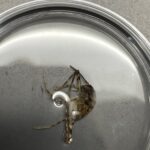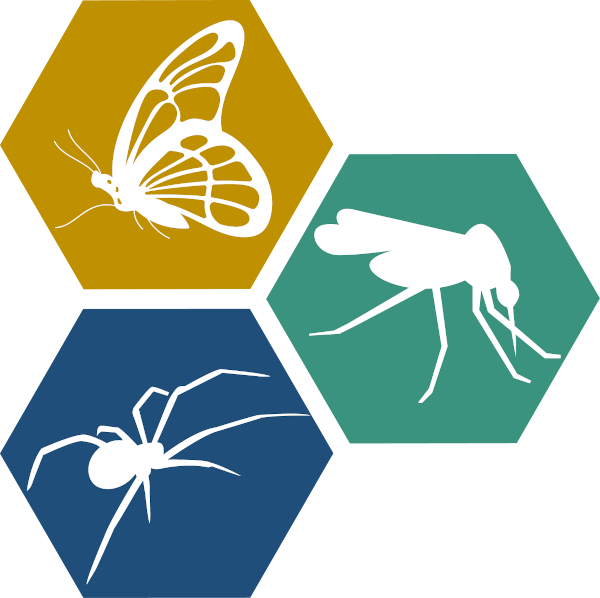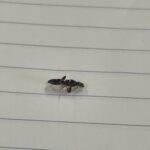Sample information |
|
| Picture |

|
|---|---|
| Location | |
| Collection date | 09/03/2022 |
| Captive / Cultivated? | Wild-caught |
| Group | Edmund Burke School |
| Observations | The arthropod was collected inside of a house in an urban setting, in a bathroom sink. It was collected around the end of summer, when it was 72oF outside. |
| Putative identification | Arthropoda Insecta Orthoptera Gryllidae |
Methods |
|
| Extraction kit | DNeasy (Qiagen) |
| DNA extraction location | Abdomen |
| Single or Duplex PCR | Single Reaction |
| Gel electrophoresis system | MiniOne |
| Buffer | TBE |
| DNA stain | GelGreen |
| Gel images |
|
| Protocol notes | DNA EXTRACTION: I dissected the cricket’s abdomen and used that for the analysis. GEL ELECTROPHORESIS: We encountered some issues with bubbles forming in the pipette tips when collecting the liquid. Although we do not believe that affected the results, it is important to consider that the Gel Electrophoresis did not go as smoothly as expected. We used a 10kb DNA ladder. (Gel electrophoresis pictures: IMG_0043 IMG_0042) ANALYSIS: All controls worked as expected. The band was visible for the Gel Electrophoresis Arthropod CO1 lanes but not for Wolbachia. |
Results |
|
| Wolbachia presence | No |
| Confidence level | High |
| Explanation of confidence level | All of my controls worked as expected. I did not face significant problems with the protocols and followed the instructions carefully for every step. Therefore, I am confident the arthropod is not infected with Wolbachia. |
| Wolbachia 16S sequence | |
| Arthropod COI sequence | Download FASTA
Download AB1
|
| Summary | The Gryllidae was found to be negative for Wolbachia. |
 Red-Legged Grasshopper
Red-Legged Grasshopper Woodworm Ant
Woodworm Ant